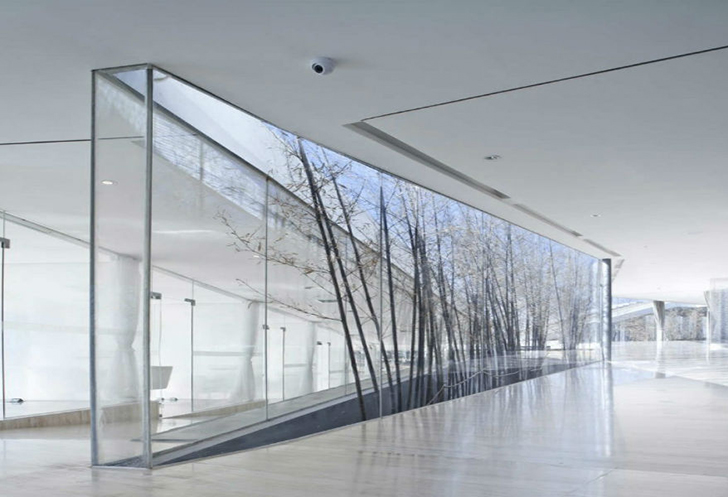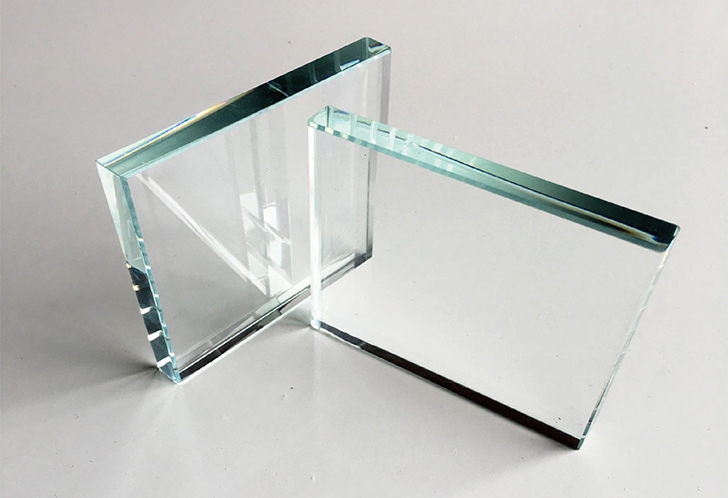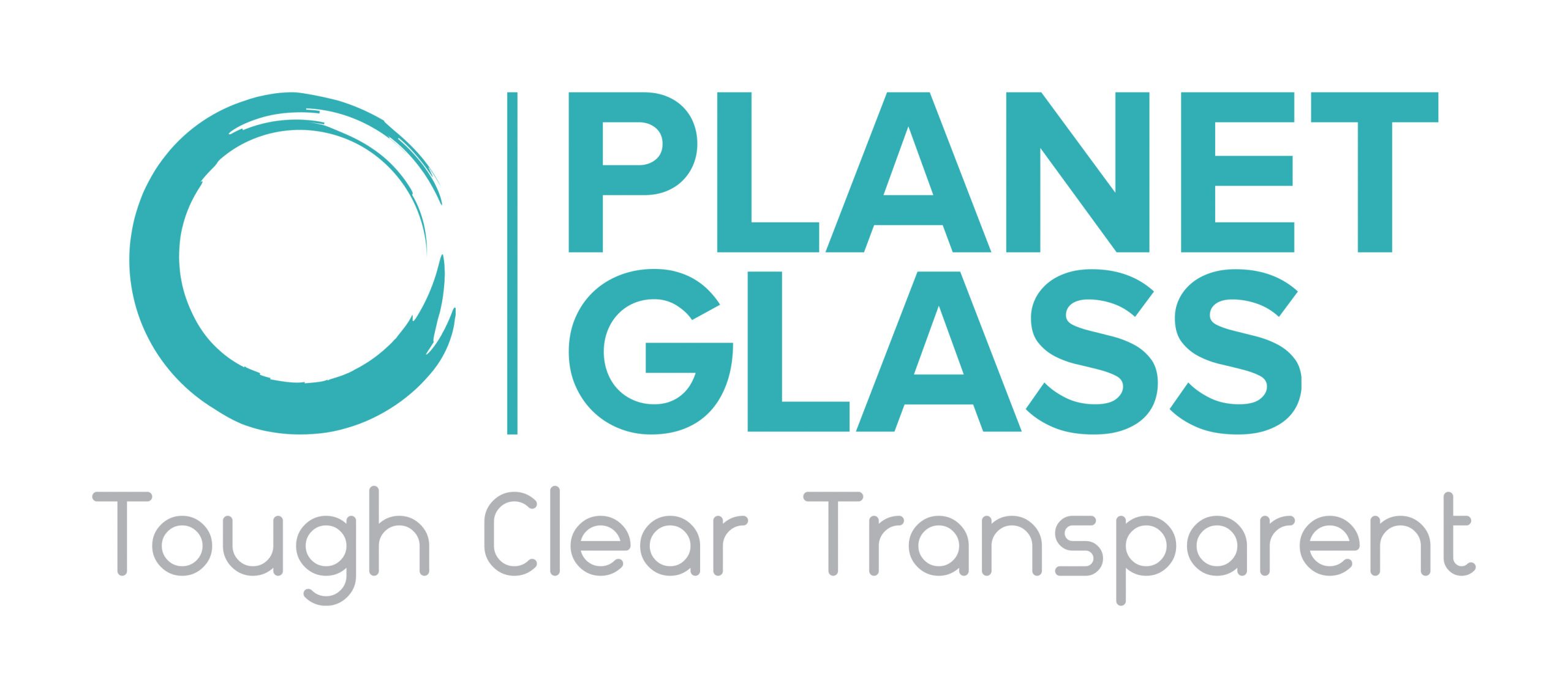


Low Iron Glass
Low Iron Glass is also called Ultra Clear Glass.
You might think clear glass is the most transparent, however, this actually is not the case. Although clear glass does not have substantially high iron content, it does have more than low-iron glass.
These higher iron levels produce a greenish tint appearance, which gains prominence as the glass thickens. This is a result of the natural presence of iron oxide from elements such as sand, or from the cask or container whereby the glass was actually melted. Despite being a logical process, this can cause issues within certain applications.
Low-iron glass also increases the flow of natural light, for added, seamless continuity between spaces.
If your project calls for back-painted or color-matched glass your fabricator won't want to use regular, clear glass because it will be harder to match the color. Glass fabricators will typically recommend low-iron glass instead.
With a clearer canvas, back-painting is much smoother, making the finished product the exact shade for your project. Therefore, architects and designers prefer glass fabricators to use low-iron glass when color-matching.
Since the edgework of low-iron glass is less green than clear glass, it's not just suited for color matching—it is also appropriate for retail display cases and shelves—leading to opportunities for potential conversion through compelling product displays.
Because of this high transparency, consumers can view merchandise without the interference of green tint. This could also be useful within hotel lobbies, office waiting rooms, or other areas utilizing glass display cases.




